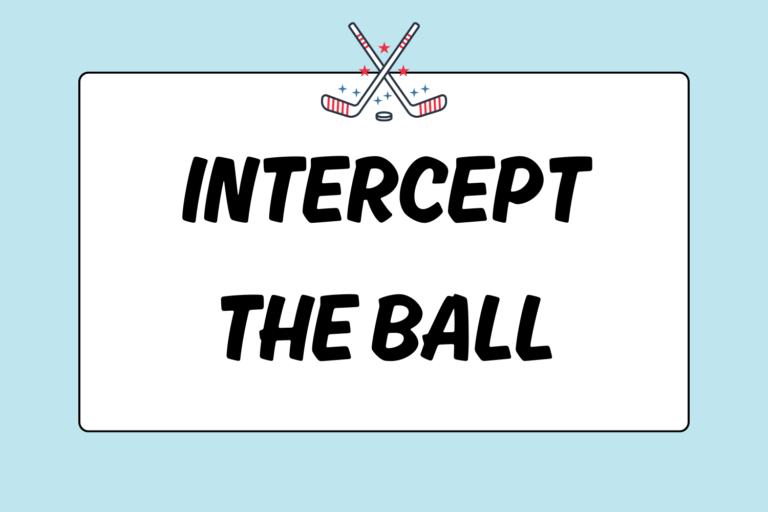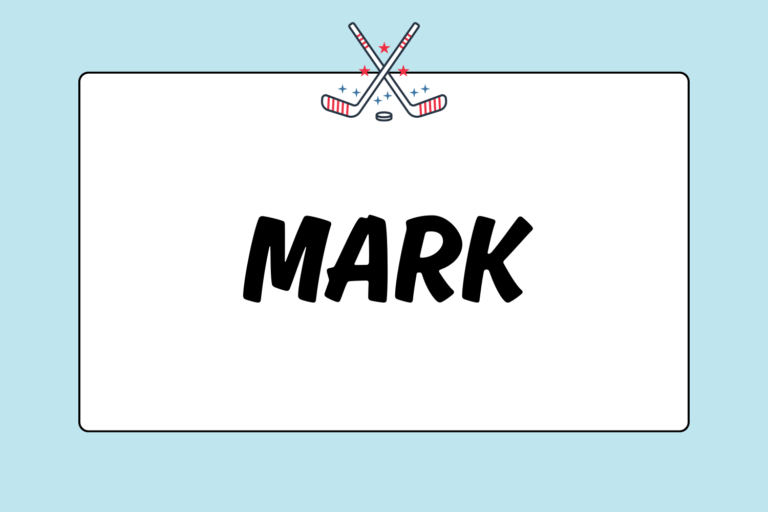Field hockey is an ancient game. Through the years, rules have been altered, styles of play have been changed, and equipment has been added. Of course there’s still the ball and the sticks. This guide will help you shop for the main pieces of field hockey equipment, along with some accessories that help make up the modern-day player’s uniform (jersey and skirt are usually provided by the team).
Stick
In field hockey, the stick isn’t just a stick; it’s an extension the player’s body. Being able to handle a stick comfortably will make anyone a better player. That is why it is so important to find the right one.
There are two types of sticks: Wood and composite. Wood sticks have more flexibility and are ideal for beginners. Composite sticks are harder to use at first because they are stiff and provide less shock absorption for the ball. Composites become the best option after the initial stick skills are learned. They allow for more power and control and are preferred by most high school and collegiate athletes.
Beginners should purchase an inexpensive stick ($40 to $100). Their only concern should be finding a stick that is ideal for their height. Advanced players should consider flexibility, as well as specifics like height, position, and pricing ($40 to $300) before purchasing a stick. For more information on field hockey sticks, check out our guide, Choosing a Field Hockey Stick.
Shoes
The best way for players to determine the type of shoe to buy is to know the surface on which they will spend most of their playing time. Most beginners learn the game on grass fields. Generally, cleats are best for grass, turf shoes are best for turf, and running shoes are best for indoor surfaces.
Cleats
Cleats have large studs on the bottom of the shoe to allow for maximum grip, quick cuts, and fast transitions. The best way to pick a pair of cleats is by comfort. Some brands will run large or small, and wide or narrow. Sizing charts offer a rough guideline; players should go into the store and find the cleats that fit their foot the best, regardless of size. Inexpensive cleats ($20 to $100) generally work well for beginners. Players should make sure they want to stick with the game for a while before they buy a more expensive pair ($100 to $350).
Turf Shoes
These shoes have smaller studs than cleats. This allows for maximum grip on artificial turf. It is best to buy field hockey-specific turf shoes ($60 to $200), as most pairs are lined with protective shields that help protect the feet from injury if hit by the ball or a stick.
Hot Tip: Buy Roomy Shoes
Socks and shin guards must be worn with field hockey shoes. To make room, players should look for shoes that are a half size larger than what they would normally buy.
Running Shoes
This type of shoe does not have studs like cleats or turf shoes. Running shoes generally have grooves on the bottom for maximum grip on slick, flat, indoor surfaces. They should not be used on grass or turf fields, as they don’t have sufficient grip for making quick cuts and increase the likelihood of injury and sloppy field play. Running shoes can run from $20 to $250. Players should purchase a shoe within their price range, with comfort being the most crucial variable. The brand will not significantly affect performance.
Mouth Guard
An important investment to make is in a good mouth guard. Players can get hit in the face with the ball or a stick. Having a good mouth guard will keep the teeth safe. Mouth guards range in price from $1 to $20, but can save a player hundreds of dollars in dental costs should an accident occur.
Hot Tip: How to Mold a Mouth Guard
- Heat a pot of water until it comes to a boil.
- After boiling, let the water sit for two minutes.
- Using tongs, place the mouth guard in the boiling water and let it sit for 15 to 30 seconds.
- Remove the mouth guard and run it under cold water for a few seconds.
- Bite into the mouth guard.
- Conform it to the mouth by pressing it to the teeth and biting down.
- Allow the mouth guard to sit for two minutes to finalize the mold.
Shin Guards
These pieces of equipment take a regular beating — especially at the beginner levels. Shin guards take constant hits from balls and sticks. They protect from the many learning bruises a new player is sure to receive. Shin guards should cover an area from just under the knee and wrap around the bottom of the foot to cover the ankles. Most referees will allow the use of soccer shin guards, but it is best to buy field hockey-specific shin guards, which cost anywhere from $15 to $30. Field hockey shin guards offer the best protection for the lower leg and ankles.
Socks & Rash Guards
Socks are pretty simple. The team usually supplies them and they come in a one-size-fits-all style. There should be no worry if they feel a little snug at first; they will stretch. Players should ask if their team provides socks; purchasing a pair can cost between $2 and $10. Rash guards are optional. They are thinner, sock-like pieces of equipment that go under the shin guards. Some players prefer to wear them because they protect the skin from rubbing against the shin guard. Beginners do not need to purchase rash guards ($8 to $15) — they are not required.
Spandex
Most girls playing this sport will have to wear a skirt. When wearing a skirt on the field, spandex is a must; there is nothing worse than a girl falling on the field to reveal her underwear to the crowd! Spandex can be used by both men and women under their shorts or skirts. Beginners should try a pair ($10 to $50) on at a sporting goods store and choose a comfortable fit.
Gloves
Most beginners don’t wear gloves. Advanced players prefer gloves because they help prevent injury, keep the hands warm in cold weather, and reduce the vibrating sting that can come after hitting the ball incorrectly. Beginners who live in cold weather climate should buy thicker and more durable gloves (price range $15 to $40) to keep the hands warm during play.
Ball
Field hockey balls weigh between 5 ½ and 5 ¾ ounces. They are hard, dense, and travel fast. While balls are usually supplied by teams, beginners should purchase one ($4 to $10) to practice on their own. Be sure to purchase a turf ball over a practice ball — practice balls are hard to handle and do not simulate regular play.
Fun Fact:
Field hockey was originally played with a rubber cube. The playing object was changed to a spherical ball in 1886 by the Teddington Hockey Club in England.
Stick Bag
Stick bags are not required, but they are convenient to have. There are many styles of bags, but the two main types are backpacks with stick holders and full-coverage stick bags. Backpacks with stick holders ($10 to $50) are good for players who live in a warm, sunny environment, because they take up little space and can work as a backpack for gear, as well as a stick holder. Beginners who live in a soggy climate should purchase the full-coverage bags ($20 to $70), which protect sticks from water damage.
Electrical Tape
Electrical tape is one of field hockey’s hidden gems. Players tape the bottom of their sticks for added protection from dents and gradual wear and tear. Electrical tape ($2 to $5) also creates a cushion that makes it easier for beginners to stop the ball. As an added bonus, this type of tape comes in many fun colors!
Grip
The top half of a stick is lined with grip. This grip is made of leather and used to make the stick easier to hold. A stick usually lasts between two and four years depending on the level of care and how much it’s used. The grip wears down much quicker. When a stick starts to look worn down, the first step should be to purchase some new stick grip and re-grip the stick. Replacement grip costs $6 to $15 and can make sticks feel good as new after a re-grip. This tactic will certainly save some money, too!
Be Prepared
No matter the case, shopping for equipment is all about knowing what is available and finding the pieces that are comfortable and effective. Sometimes more money leads to better options. The most important thing, though, is for players to have all the necessary equipment so they can show up to the first day of practice well equipped and ready to play!





